It was late in the afternoon when we arrived in Chinguetti after visiting Ouadane. We had to retrace a short distance back towards Atar and then take a 20 km detour to get here. We did our rounds of the Auberges (lodging and camping sites) before we settled on one and let our taxi go.
Surrounded and sometimes nearly engulfed by the shifting dunes of the western Sahara, Chinguetti was established in the thirteenth century and lays claim to being the seventh holiest city in Islam. Like Ouadane, Chinguetti also was an key stop for caravans carrying carrying gold, salt, dates, and ivory across the Sahara. It was an ancient capital of the Moors and was once a vibrant religious and trading center.
Chiguetti's iconic Friday Mosque is widely considered a symbol of Mauritania. Between the 13th and 17th centuries it was the annual gathering point for Sunni pilgrims of the Maghrib en route to Mecca. Constructed of split stone and mostly unadorned, the medieval mosque is best known for its slender, square-based minaret that towers over the town. The minaret is capped by five clay ostrich egg finials; four demarcate the cardinal directions and the fifth, in the center, when seen from the West, defines the axis toward Mecca.These ostrich eggs are said to recall a time when Chinguetti was still green and ostrich thrived there.
Today's Chinguetti is a shadow of the prosperous metropolis it once was. Increased desertification is causing deterioration of the city but unlike Oadane which is mostly in ruins and almost deserted, a few thousand residents still live in the Kasr or the old town. The bulk of today's population live in the newer town that is separated from the old town by a broad asphalt path flanked by desert sand on both sides. Walking across this stretch in the morning felt like a traversing a snow drift as strong winds swept fine sand over the the path completely.
Video of sand sweeping over the road to old town
We explored several narrow streets near and around the mosque of this picturesque old town. One has to dodge the occasional souvenir seller, but they were the gentler variety and not too intrusive.
The old quarter of the Chinguetti is home to a number of important manuscript libraries that possess scientific and Quranic texts, many dating from the later Middle Ages. These ancient documents are carefully maintained by their traditional custodians. We had the opportunity to visit one of these ancient libraries, Fundacion Al Ahmed Mahmoud. Saif, the caretaker of the library was a passionate and engaging man and was our guide. The open courtyard of the library served as a small theatre for his performance. Since he spoke French, F, yet again, ably played the role of translator for us.
He started with a brief history of Chinguetti through the middle ages and more recent rule under the French. He pointed out that the name Mauritania came from the colonial masters. For many centuries all of Mauritania was commonly known in the Arab world as the Land of Chinguetti. He repeated the claim of Chinguetti being one of 7 most holy sites of Islam. We of course knew the first three (Mecca, Medina and Jerusalem) and asked him to help fill the gaps. He conceded there were many contenders for the remaining spots including Damascus, Marrakech, Baghdad, Kairouan (Tunisia) etc.
He talked about the typical architecture of houses in the area, the materials used in their construction (all local), the function of various rooms. He described in great detail the traditional practice of gavage, the force-feeding of young girls to fatten them. In Mauritania, as in other North African countries, fatness was considered a indicator of wealth and girls were encouraged to overeat!
Video about the traditional gavage system
He demonstrated the use of the antique key (that resembled a toothbrush with iron bristles) used to open the door to the interior chambers. Apart from being used to protect rare manuscripts, they also served as hiding places from enemies.
Video of antique lock and key security system
He showed us a few rare manuscripts of Islam, making a reference to Bukhara as the source of one of the books. He was pleased to learn that we had been there earlier on this trip. On learning that we were from India, he offered to narrate an Arabic poem about a soldier's pining for his loved one which he expresses through kisses for his sword, but the sharpness of the Hindu sword curbs his enthusiasm.
Video of Saif narrating a poem
At his request, we signed his visitor book in an Indian language, with V calling upon his Tamil writing skills. Saif had not heard of the Tamil language and was delighted to now have a few written words in his book. Before we departed, he mentioned that he had a book from India in his collection which he wished to show us. To our surprise, we saw that it was a copy of Narayaneeyam in Tamil/Sanskrit, published in Mylapore, Madras. It was gift from a previous visitor. V informed him that this was in the same language, Tamil, and that Mylapore was where he went to school.
Google Maps Link
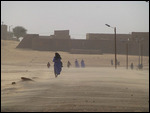

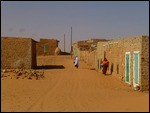

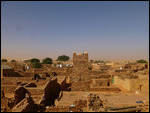
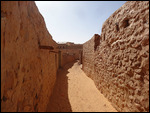
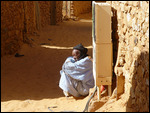
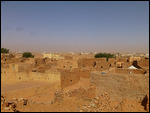
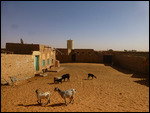

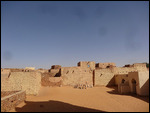



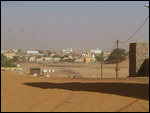


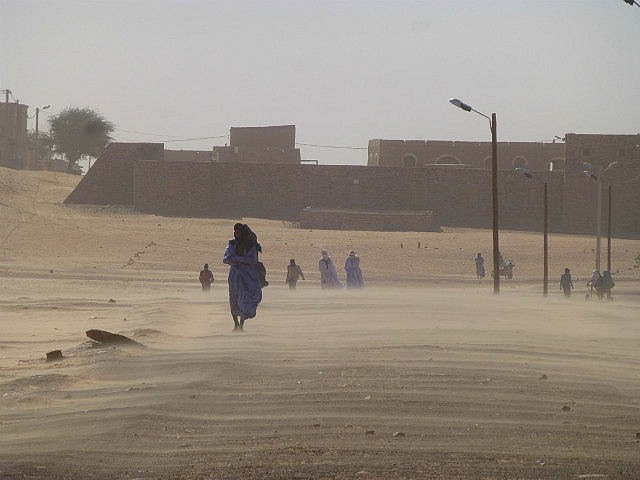
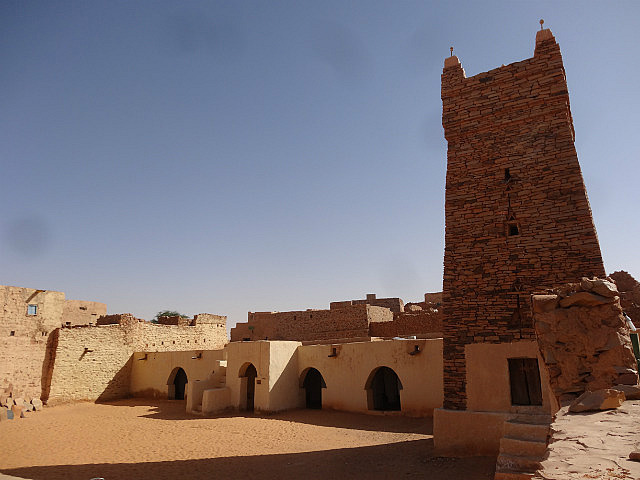
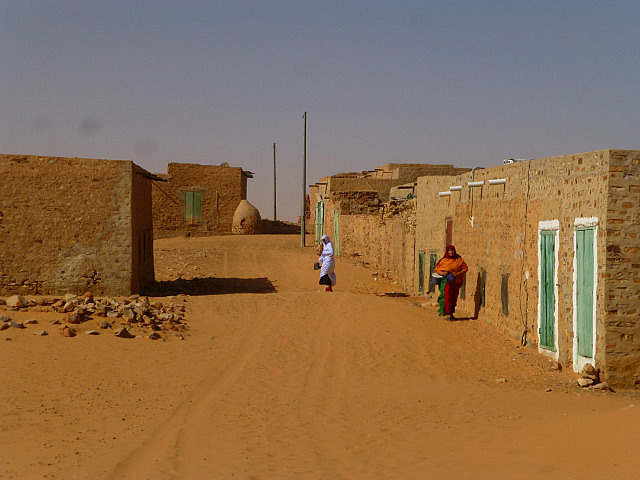
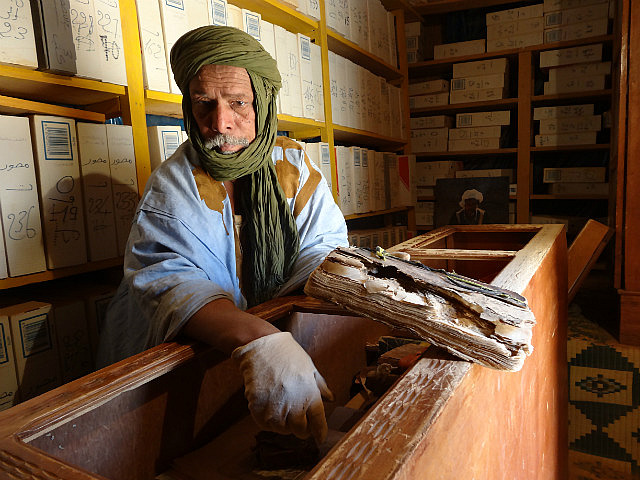
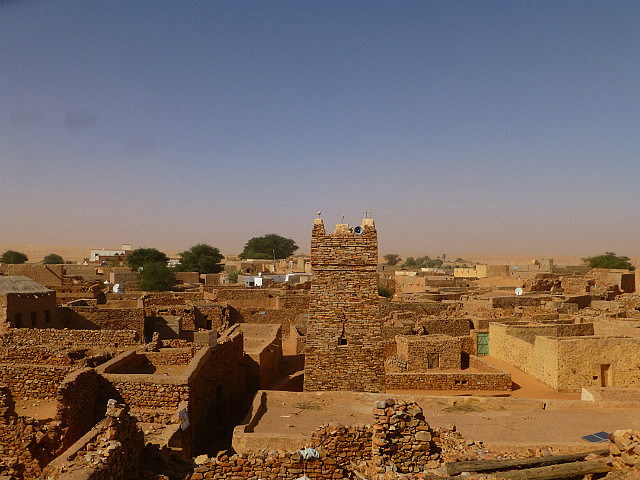
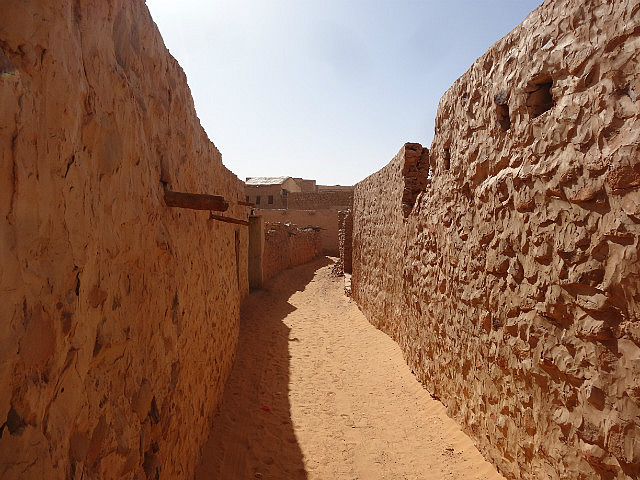
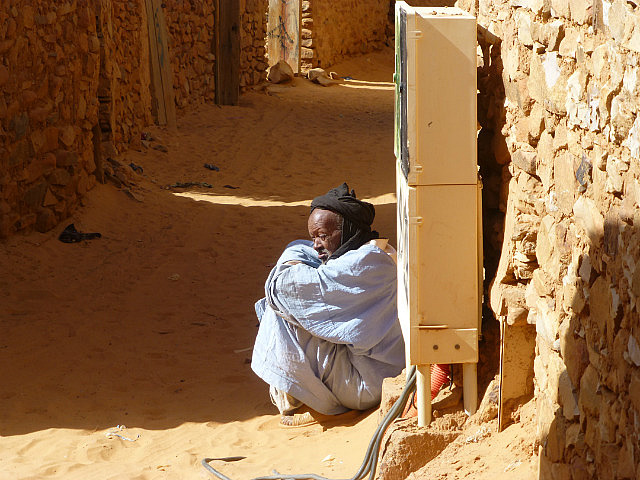
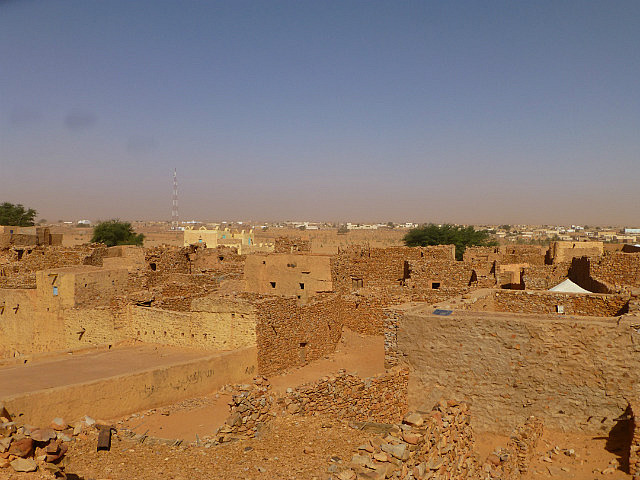



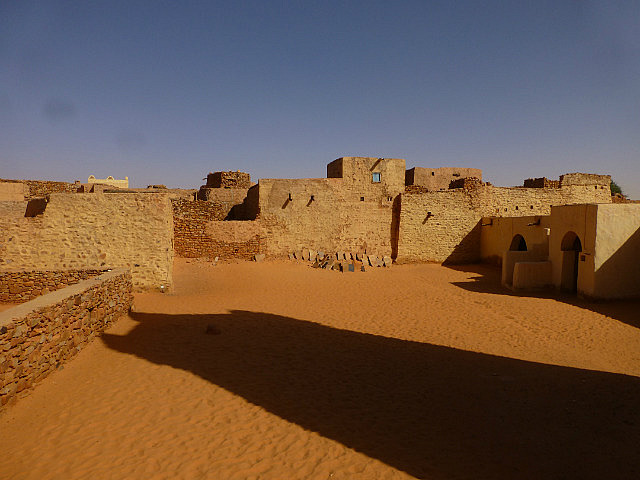
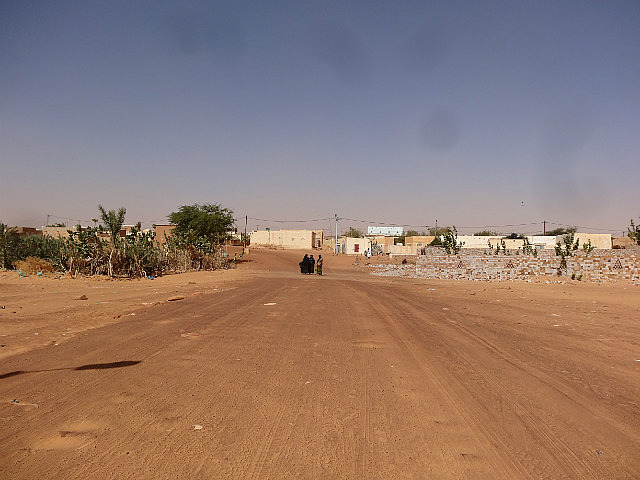
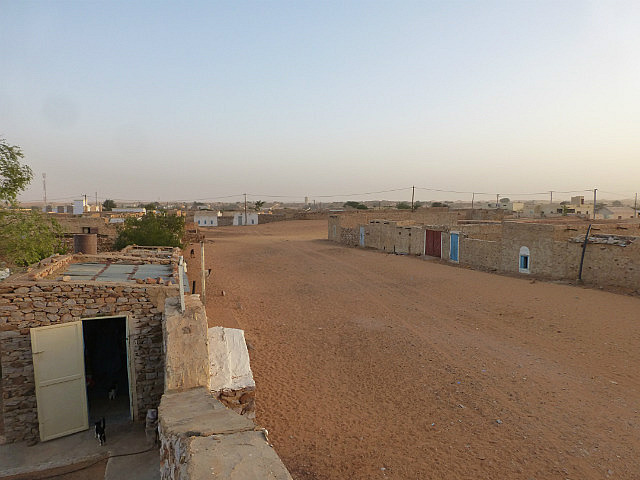
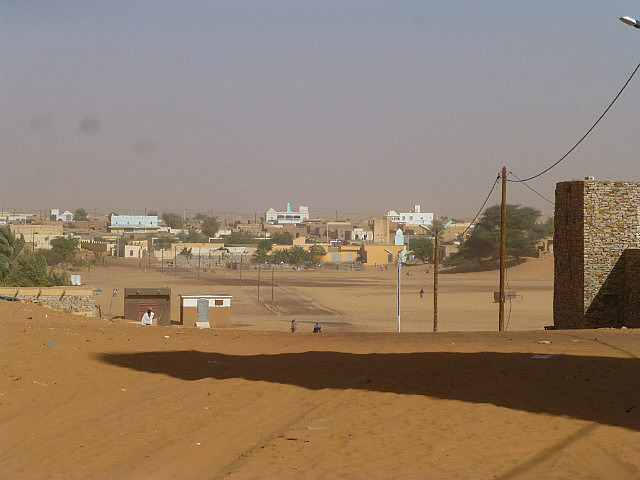
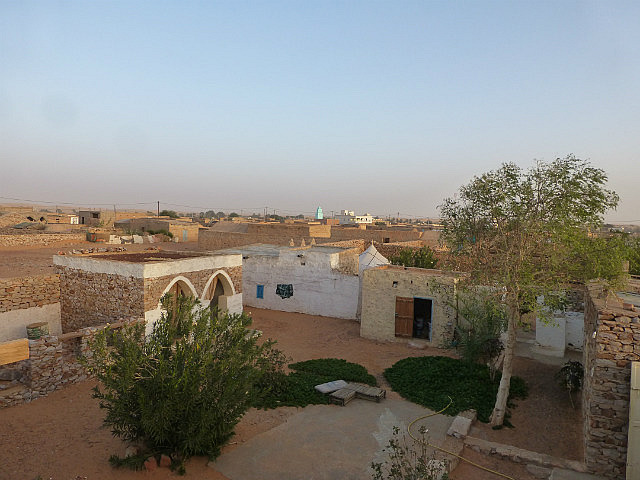
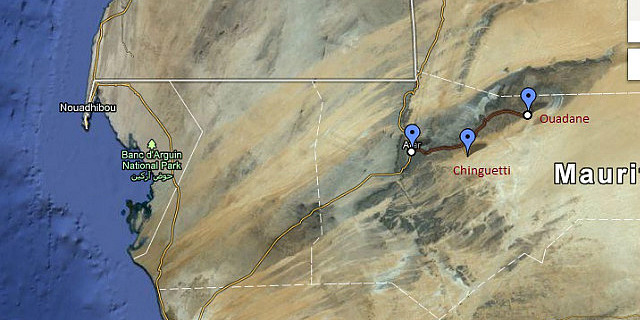
Comments